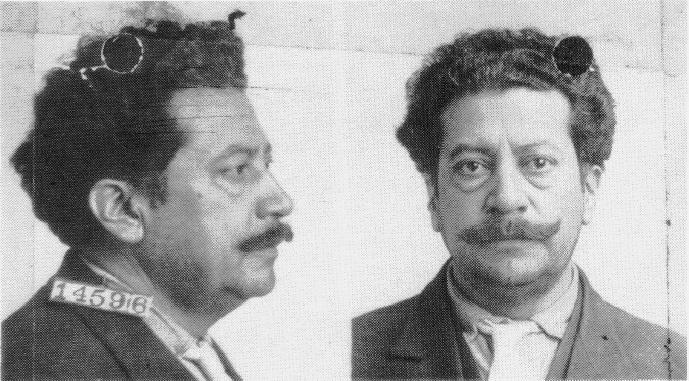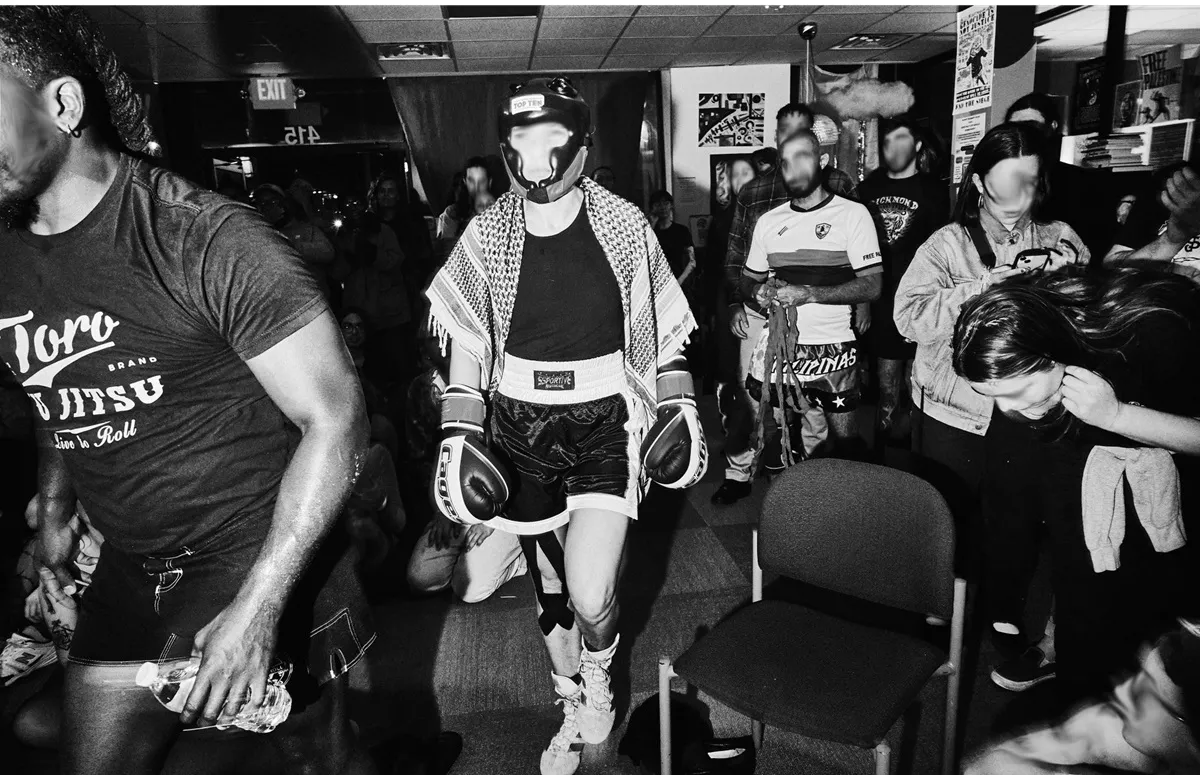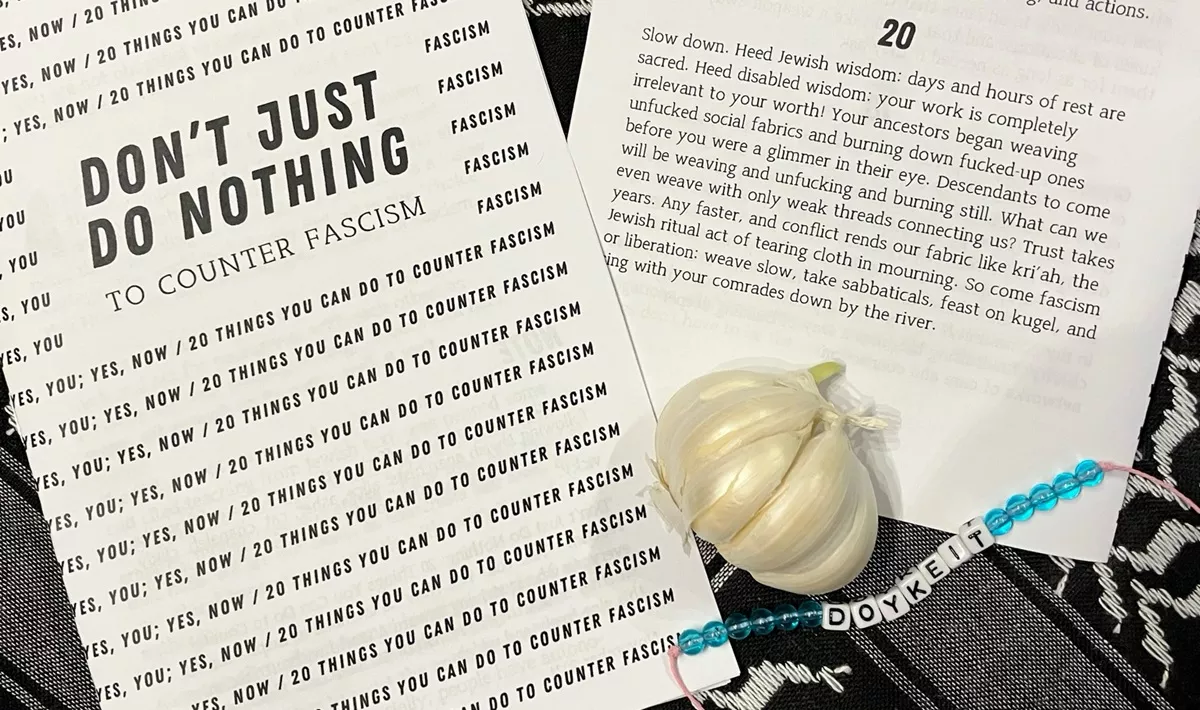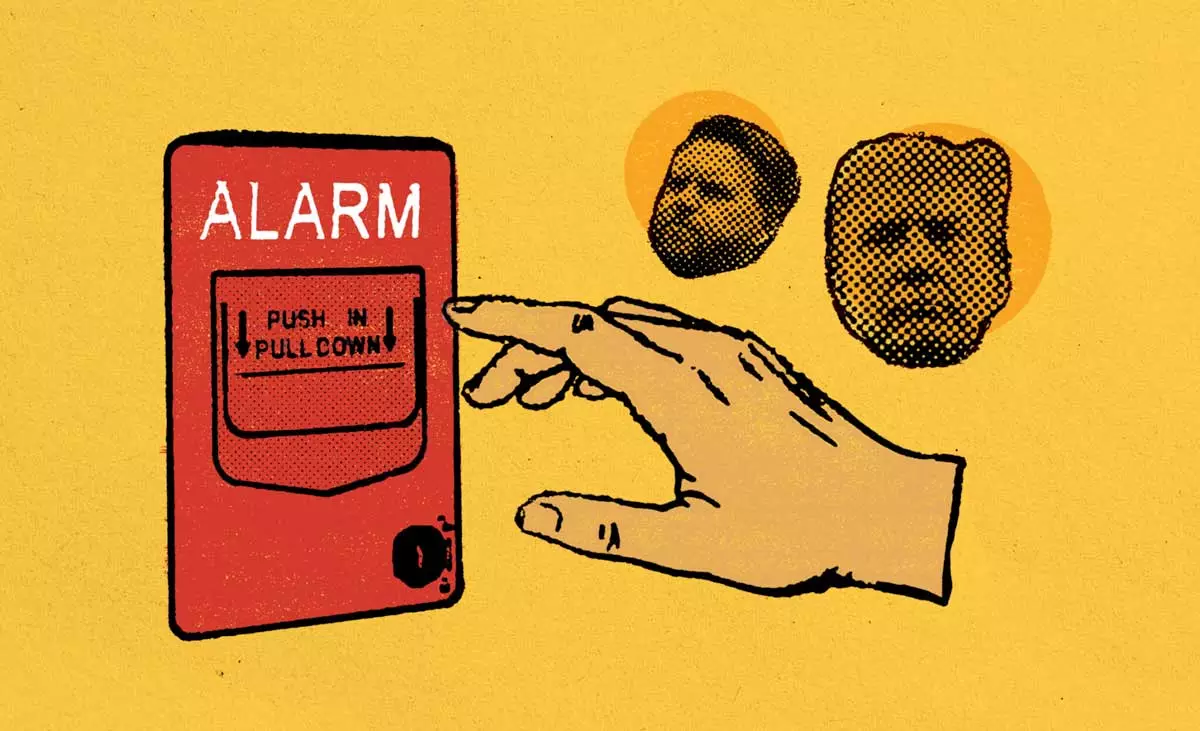Filed under: Critique, Mexico, The State, US
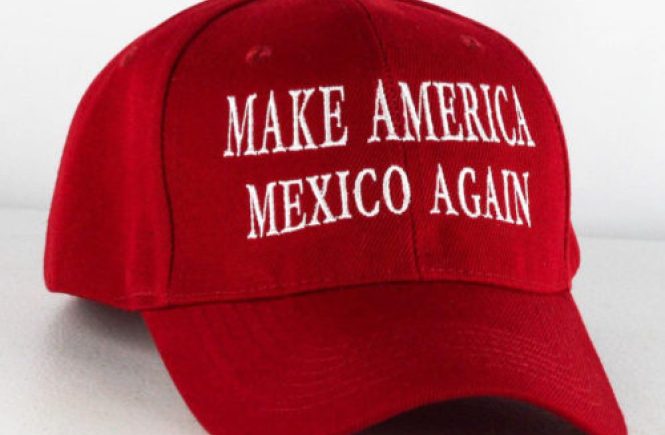
From Lucha No Feik
The cap above is an image that is making the rounds as a counterpoint to Republican presidential candidate Donald Trump and the hat he’s made (in)famous. It is serves as a lazy reminder that a great deal of U.S. territory was once Mexican territory. Much of the Chicano movement’s nationalist fervor arises from Mexico’s loss of this territory with the Treaty of Guadalupe in 1848, which ‘ceded’ California and a large area comprising roughly half of New Mexico, most of Arizona, Nevada, Utah, and parts of Wyoming and Colorado”1 to the USA.
More recently two artists have undertaken the task of surveying the northern border of Mexico as it was in 1821 by marking it with obelisks that lie well within current U.S. borders. Today we refer to this historical form of the Mexican nation-state as the First Mexican Empire; this empire extended well into Central America up into what is now the nation of Costa Rica. If these artists were to survey the southern border of this Empire then we would begin to see the glaring oversights of this project. Yes, they claim to want to show the transient nature of borders but they also (probably) inadvertently highlighted what the project of the Mexican nation-state is really about: the extraction of Capital to be found within its borders without the need for wars of aggression; a project that prefers the economic war of privatization of natural resources held in common and the creation of surplus value. This was a project whose territory was much more vast. The nostalgic picture of a peaceful homeland that Chicanxs often project onto Mexico begins to fade into the past. Yet from this nostalgia is born Chicano Nationalism.
¿Aztlán Libre?
It is a Chicano poet, Alurista, who is largely credited for spreading the story of Aztlán as the mythic homeland of the Chicanxs, by way of the Mexica. He wrote what became a leading document for Chicano Nationalists: El Plan Espiritual de Aztlán. In it we find the first fundamental error in Chicano Nationalism:
Nationalism as the key to organization transcends all religious, political, class, and economic factions or boundaries. Nationalism is the common denominator that all members of La Raza can agree upon.
As anti-state communists, we desire the overthrow of capitalism en su totalidad. How then could even Chicanx anti-state communists sign up for a plan which would inevitably align us with a new national bourgeoisie? The contradictions are glaring and would result in no liberation of the actual people which make up this “nation” from wage labor and general exploitation. Yet another revolution forestalled in the name of national sovereignty. Though there may be certain things which bind Chicanxs across these “factions” and “boundaries” which Alurista lists, these are binds that dampen the communist project which understands that the notion of a Chicanx Nation is a false one. Fredy Perlman, in his incendiary essay The Continuing Appeal of Nationalism, notes:
[One] might be trying to apply a definition of a nation as an organized territory consisting of people who share a common language, religion and customs, or at least one of the three. Such a definition, clear, pat and static, is not a description of the phenomenon but an apology for it, a justification.
The justification is the one noted above: capitalist exploitation. Further, if we were to begin to analyze this homeland which Chicano Nationalists hope to reclaim we also run into the deep problem wherein the homeland has already been continuously occupied for millennia by Native groups. The Plan Espiritual de Aztlán states that Chicano Nationalists “declare the independence of [their] mestizo nation.” Here creeps in the danger of a new form of oppression: another mestizo nation once again makes an enclosure around Native groups. The National Brown Berets, a Chicano Nationalist group, instead claim that:
The amount of mixture of European blood on our people is a drop in the bucket compared to the hundreds of millions of Natives that inhabited this hemisphere. The majority of us are of Native/Indigenous ancestry and it is that blood that ties us to and cries out for our land! 2
A strange play of blood belonging begins to happen to lay rightful claim to Aztlán. Kim Tallbear, an anthropologist at the University of Texas, Austin and a member of the Sisseton Wahpeton Oyate of South Dakota, laments:
There’s a great desire by many people in the US to feel like you belong to this land. I recently moved to Texas, and many of the white people I meet say: “I’ve got a Cherokee ancestor.”… That worries us in a land where we already feel there’s very little understanding about the history of our tribes, our relationships with colonial powers…3
Chicanxs are the historical product of colonialism, racism, capitalism, genocide and cultural erasure. Part of the struggle to free Chicanxs (and all people) would inevitably incorporate the reclaiming of lost ancient ways, but this cannot overtake the struggle of Native peoples who have managed to maintain a direct connection to their deep past & present. It is unclear how the Chicano Nationalist project would differ from the sovereignty that American Colonialist merchants desired from the Crown in England for Native peoples with the words from the groups cited above.
Against All Nation-States, Against the Police
The original 10-Point Program of the Brown Berets includes the demand of, “all officers in Mexican-American communities must live in the community and speak Spanish.”4 Forty-seven years later in 2015, the LA Times reported that 45% of the LAPD force is Latino and yet relationships between the LAPD and the city it overlooks remain very strained.5 It could be said that at the time of the drafting of this program that it was quite radical in its demand, but 61 years earlier there is an anecdote that exemplifies that Mexican-Americans had already known another way was necessary.
…scores of cholos jumped to their feet and started for the spot where the [LAPD] officer was supposed to be sitting. If he had been there, nothing could have prevented a vicious assault and possible bloodshed.6
Mugshot of Ricardo Flores Magón. Arrested by the LAPD in 1907.
Now the context: Mexican-American LAPD Detective Felipe Talamantes, along with two other Mexican-American LAPD Detectives arrested three members of the PLM, a Mexican Anarchist organization, in Los Angeles under trumped up, false charges in 1907. It was highly possible that the LAPD detectives were also working under direction of the Mexican Fed. Gov’t, headed by dictator Porfirio Díaz, as away to clamp down on Mexican radicals in the USA prior to the Mexican Revolution. Someone in the courtroom said that Det. Talamantes might be in attendance at a hearing resulting in the scene described above. At the time there was already very strained relationship between the LAPD & Mexicans in Los Angeles. There was massive support for the three anarchists arrested from Mexicans, Mexican-Americans and even white radicals in Los Angeles. On principal all anarchists are against the institution of the police and yet throughout their imprisonment they were able to raise $1, 950.00 in their defense, with contributions ranging from $0.10 to $3.00.7 This anecdote is also telling since it mattered little to those who supported the 3 arrested that the LAPD detectives were Mexican-American. These detectives were clearly understood to be absolutely complicit with the majority white, conservative power structure which was local governance at the time.
To this day Chicano National Liberation group, Unión del Barrio, advocate in Los Angeles what the Brown Berets advocated back in 1968: a Civilian Police Review Board. As the more radical elements in the Black Lives Matter movement begin to call for the wholesale abolition of the police, Chicano Nationalists trail behind with mere calls for more police oversight. It could be Chicano Nationalists, in their myopia, fail to see and acknowledge the anti-black origins of the police in the USA. Fredy Perlman notes and calls us to task:
It is among people who have lost all their roots, who dream themselves supermarket managers and chiefs of police, that the national liberation front takes root; this is where the leader and general staff are formed. Nationalism continues to appeal to the depleted because other prospects appear bleaker.
But what is be the prospect which albeit bleak, that anti-state communists offer?
Contra el nacionalismo, por el comunismo y anarquía
Chicano Nationalists often talk about “the border jumping over them,” to counter the racist narrative that Mexicans are somehow invaders of what is now the American SouthWest. They rail against the borders that their parents, grandparents and others have had to perilously cross, yet they desire not the abolition of borders but rather yet another re-drawing. Anti-state communists desire the wholesale abolition of all borders, all nation-states, capitalism, the police, patriarchy, colonialism and work. Though of course it is difficult to push forward anti-state communist measures without speaking to the experience of identity, speaking through the lens of a purely national liberationist scope is to speak in half-measures.
Last we end with Perlman’s attack on Mao Zedong Thought, a source of much National Liberation ideology:
Few of the world’s oppressed had possessed any of the attributes of a nation in the recent or distant past. [Mao Zedong] Thought had to be adapted to people whose ancestors had lived without national chairmen, armies or police, without capitalist production processes and therefore without the need for preliminary capital. These revisions were accomplished by enriching the initial Thought with borrowings from Mussolini, Hitler and the Zionist state of Israel. Mussolini’s theory of the fulfillment of the nation in the state was a central tenet. All groups of people, whether small or large, industrial or non-industrial, concentrated or dispersed, were seen as nations, not in terms of their past, but in terms of their aura, their potentiality, a potentiality embedded in their national liberation fronts. Hitler’s (and the Zionists’) treatment of the nation as a racial entity was another central tenet. The cadres were recruited from among people depleted of their ancestors’ kinships and customs, and consequently the liberators were not distinguishable from the oppressors in terms of language, beliefs, customs or weapons; the only welding material that held them to each other and to their mass base was the welding material that had held white servants to white bosses on the American frontier; the “racial bond” gave identities to those without identity, kinship to those who had no kin, community to those who had lost their community; it was the last bond of the culturally depleted.
This racial bond that binds across class is a bond worth breaking for it serves the needs not of the nebulous “people” but those looking to hoist themselves into power.
- Treaty of Guadalupe, source: Wikipedia ↩
- National Brown Berets, Our Nation Aztlán ↩
- New Scientist, ‘There is no DNA test to prove you’re Native American’ ↩
- Hecho en Aztlán, Brown Beret Ten-Point Program (1968) ↩
- LA Times, “LAPD is more diverse, but distrust in the community remains” ↩
- LA Times, Nov. 13th 1907 ↩
- Edward J. Escobar, “Race, Police, and the Making of a Political Identity: Mexican Americans and the Los Angeles Police Department, 1900 – 1945,” p. 58 ↩


